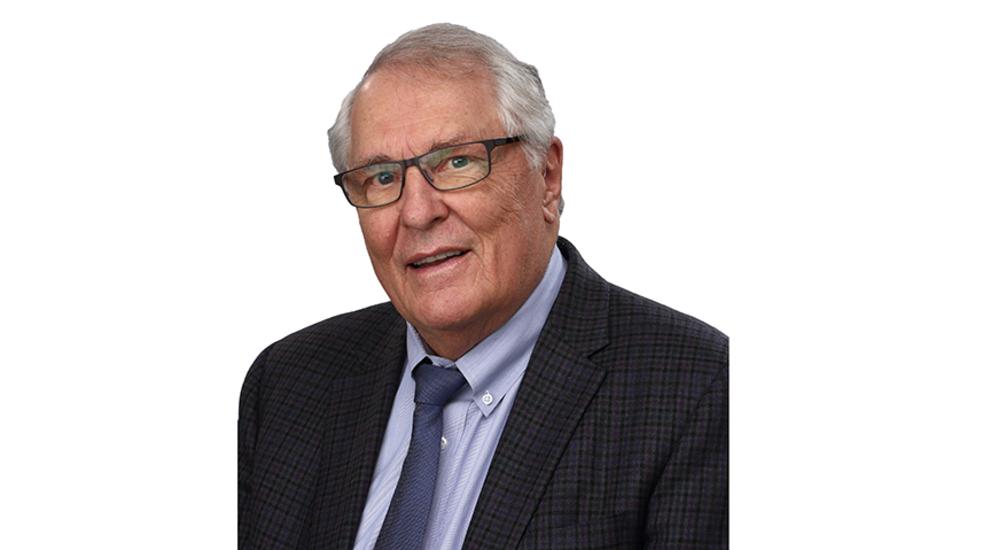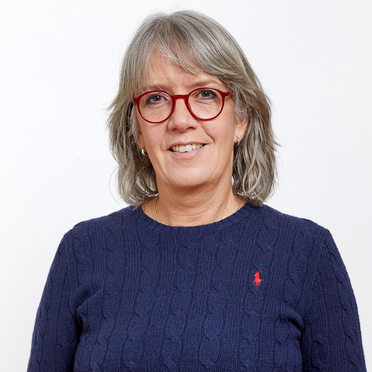22 April 2024
Lecture by Benno Nigg
Professor Benno Nigg is GIH's honorary doctorate. Listen to his lecture on May 3 at 10.30 in the auditorium. He is one of the world's most recognized biomechanics researchers.

Exercise reduces pain
The title of his lecture is “Small muscles of the ankle joint”.
In this lecture, he will describe the small muscles crossing the ankle joint and the fact that most of them are relatively weak. That is one reason why people have problems with the ankle, knee, and hip joints. He will provide examples of how we can train these muscles to avoid and solve many problems, resulting in less pain in the lower extremities.
Impact forces and pronation in runners
When Benno Nigg started his biomechanics career, he and his team measured acceleration and forces acting on the feet during landing. At that time, two primary research questions were attracting attention in running biomechanics. The first was the impact forces when landing and widespread efforts to reduce these impact forces. The second was a similar effort to reduce rearfoot pronation in runners. For example, shoes were constructed with rigid heels to minimize pronation. When biomechanics tried to prove the detrimental effects of impact forces and pronation, they couldn’t.
– When working in epidemiology, we must apply all the knowledge we have gained regarding injury, impact forces, and pronation. We can now see no conclusive evidence that these are dangerous. There are even results showing that when people have pronation, they have less injuries.
When this was understood, several new recommendations were required. For example, impact forces are not dangerous. However, landing the whole body is a vibrating system with wobbling mass in muscles and soft tissues, and such wobbling mass introduces resonance. From this perspective, impact forces should be reduced, not for injury reduction but to improve comfort.
A great influence on research
His research has been instrumental in the field of human movement science and innovative applications for movement and sports-related products such as orthotics, shoe inserts, sports shoes, sports surfaces, and sports equipment. He is particularly proud of having changed specific paradigms concerning running and running shoes. This has had a strong influence on how biomechanical researchers now look at the relevance of impact loading and pronation during running.
At the University of Calgary, he founded and developed the Human Performance Laboratory, a multi-disciplinary Research Center concentrating on the study of the human body and its locomotion. Today about 180 co-workers are working with micro- and macroscopic approaches on the understanding of movement, training, and sport.
Contact
 LedningssekreterareCarina Sundmancarina.sundman@gih.se08-120 53 705
LedningssekreterareCarina Sundmancarina.sundman@gih.se08-120 53 705 KommunikatörLouise Ekströmlouise.ekstrom@gih.se08-120 53 711
KommunikatörLouise Ekströmlouise.ekstrom@gih.se08-120 53 711
Recommended Reading

